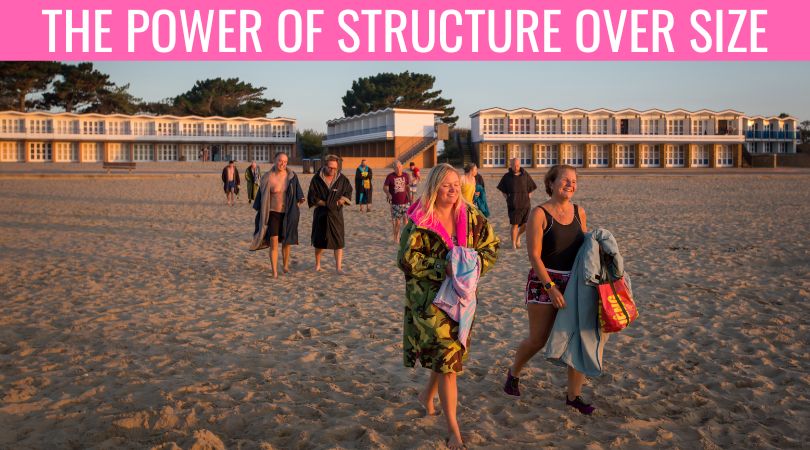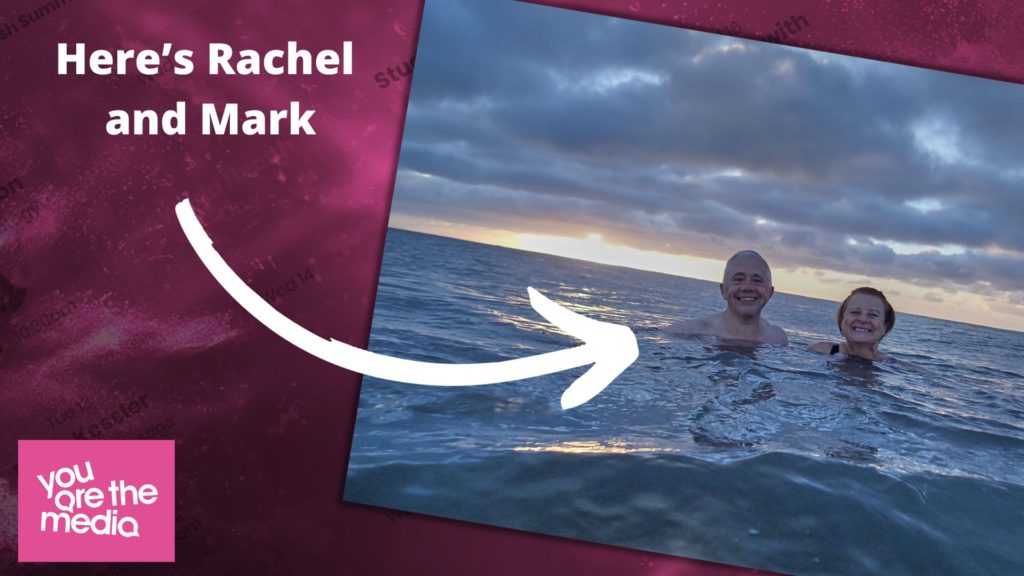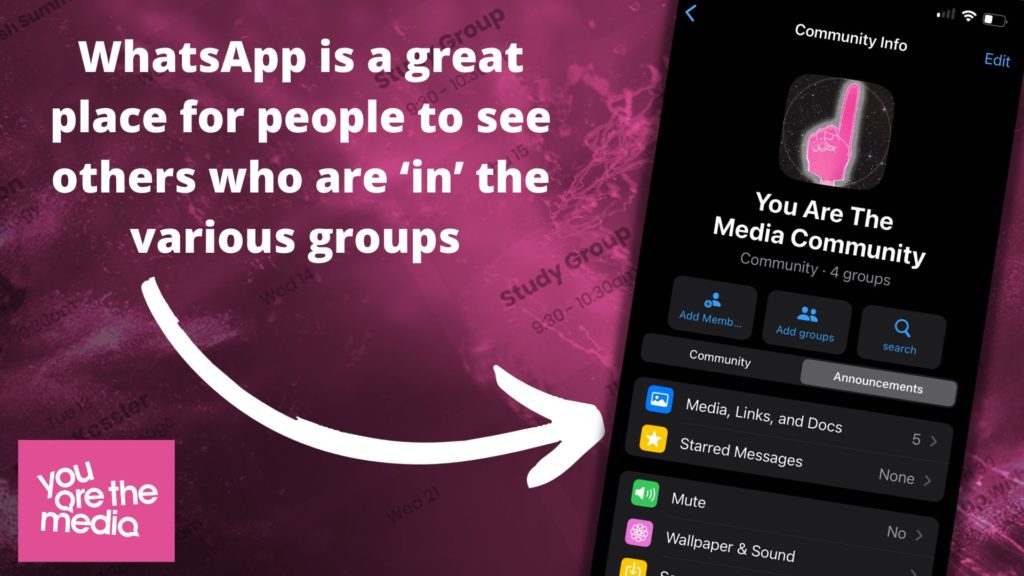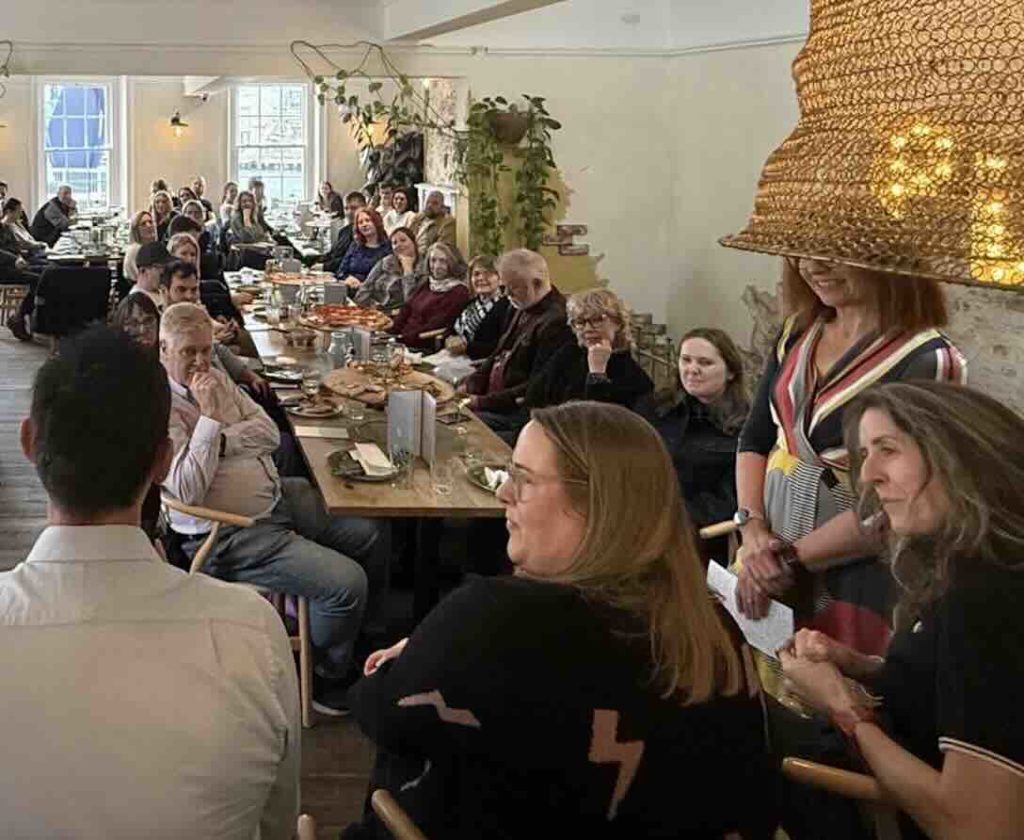Let’s learn and create together!
Book your placeWhy Structured Groups Win In Community Building

The allure of large gatherings, huge follower numbers and sprawling communities is undeniable. However, beneath the exterior, the power of structured, smaller groups goes unnoticed.
When we step back it’s all about creating work to be with the people who really get you.
In this article, let’s look at forming a structured group of people. Instead of striving to always go bigger, consider the potential of creating smaller, well organised groups.
You don’t herd a multitude, you nurture meaningful, lasting relationships. It’s about providing a platform where people can connect with each other, get to know one another better, collaborate and support each other.
Let me highlight the core aspects that matter when you aim for structure instead of always thinking that something has to be large, to be successful.
The Essence of Structured Small Groups
Think about your work and the space you build as a Friday night dinner party. Regardless of the number of people who come over, you’ll only have good conversations with a few people. The bigger your guest list and the more chairs you find from around your home, the more challenging it becomes to connect with each guest meaningfully.
I noticed the same last month. YATM delivered a panel at the local college. The theatre we delivered in was packed but realised that attention could only be given to a handful of students such as those who raised their hands to ask questions or who came up at the end. As we scale up our networks, the chase for more people, our human limitations come into play.
What if you had a structured small group, where the focus wasn’t on numbers but on quality interaction? This is where the change and magic lie. Such groups provide the setting for genuine connections to take root, develop and grow. People aren’t just faces in a crowd but engaged contributors with shared values.
Examples To Share With You
Let me bring the concept to life with practical examples that highlight the benefits of structured groups.
YATM Creator Day
When people come together for YATM Creator Day, the day isn’t passive learning from 9am to 5pm, what we do during the afternoon, is to break the whole theatre up into smaller groups where people get to know others better and each person creates their own piece of work. It could be a video they never got around to doing, or it could be a blog article someone always put off.
When you have a small group of people around you, it makes you accountable when you know others are supporting you. Networking and getting to know people don’t have to be reserved for breaks.
Friday Sea Swim Group

Every Friday, since July 2021, we have ventured into the sea around 7am. From winter to summer, it doesn’t matter, we always make that promise to each other that whoever is going to get down to the beach hut, we go in together. The numbers could be from five to 22 (peak summer).
We have a WhatsApp group and whoever says they are heading down, we all wait and go into the sea together. If the group was 50+ that is a lot of people to co-ordinate and wait for, particularly during the bitterly cold winter months. When the group is smaller, the group tends to look out for each other more, particularly when the sea temperature becomes single figures.
Thursday Working Sessions In YATM Club
Every Thursday from 9.15am YATM Club members work together for two hours.
It’s a chance to focus and a structured two hours to get work done. It also allows sharing with others any questions and what they are working on.
If the group was 30 plus people, you wouldn’t get the work done, as much of the time would be spent for each person sharing the task they were working on, before it comes down to work. When the group is intimate, between five to nine people, it means people can interact better and become a shared space.
WhatsApp Group For YATM Event Attendees

A conventional approach could be to invite as many people to a generic event page on social media. That also becomes confusing, as people in that group may not even attend.
We now have separate WhatsApp Groups for each YATM Lunch Club event. When someone has booked to attend, they then receive an invite to join the WhatsApp Group.
People interact on a more intimate level where they can introduce themselves, there is a build-up to the event and feedback and questions on the events’ content. What happens is that interaction is significantly heightened. It is just for attendees, rather than hoping everyone will participate and join in.
What Matters In Structured Groups Over Masses
When getting to understand the power of structured groups over the wish for as many people as possible, lets delve deeper into what makes these well organised groups work. There are three core aspects to consider.
1) Closeness To Each Other
Closeness is the heartbeat of structured groups. When people feel a part of something with others, they genuinely care for each other’s success and contribution. It validates the importance of feeling involved. What happens is a sense of responsibility to each other. From making sure that each person is ok when getting out of the sea in February, to listening to the task that each person will commit to at YATM Creator Day, there is a duty of attention to each person in the group.
This contrasts with larger, more impersonal groups and communities where for the most part, people feel like strangers and that their voice will never be heard. As a community grows, closeness presents a challenging step, but it helps to cement relationships and build trust between each other.
2) The Experience You Receive
In structured groups, the experience is carefully nurtured. People need to feel that their investment in the community is gratifying and that their contribution is valued.
Even the small moments are worthwhile. For instance, at our YATM Lunch Club events, we attempt to break World Records (perhaps one day we will hit an accolade). For attendees and those in the WhatsApp Group are asked to choose the next World Record attempt. It’s almost like a ‘choose your own adventure’ approach where the group shapes the event.
In contrast, expansive communities become noisy and overwhelming. When members feel drowned in a vast network, they may disengage and feel distant. This loss can be detrimental to the whole group activity, which limits each member’s experience.
3) Fostering Interaction With Each Other
The output of your work is influenced by your peers. In structured groups, you are more likely to find others who are prepared to step up and lead. For instance, I used to present all the YATM Lunch Club events.
What we are now doing is handing over the mic for others to lead and host from the community. This means that the support is from the group so when a person stands at the front, they know others are behind them.
What happens is the value of the collective journey, where everyone feels a part, leading and learning in turn. The collective spirit of the community is the driving force behind individual and communal success.
A structured group isn’t about the volume of people, it’s about nurturing meaningful connections that drive growth, learning and success. Size is often seen as a valid target, but does this foster lasting relationships. It’s about redefining our measures of success – it isn’t through scale but through the impact of the connections we make and the interactions we develop.
Let’s Round-Up
A well-structured space offers people a haven where they feel supported and know the people who stand shoulder to shoulder with them. Connections become friends and people we look out for. Commonality should never be overstated.
It was never about being one among thousands, it’s about being a valued member of a tight-knit, supportive group.
The essence of well-structured small groups lies in their ability to create a space where individuals are not merely faces in a crowd but active contributors. By redefining our success metrics, we move beyond mere scale to focus on the profound impact of the connections we build and the meaningful interactions we cultivate.
So, whether you’re building that space to welcome people, or just putting the effort into connecting with others who are on your wavelength, remember the power of forming structured groups. It’s the intimate settings that you create, where relationships flourish and where community comes to life.
Build Your Community
A brand new programme from Mark Masters for businesses wanting to make that next growth step.
Find out moreYATM Club
Where non-conformist business owners come to work, learn and make friends. Click here

